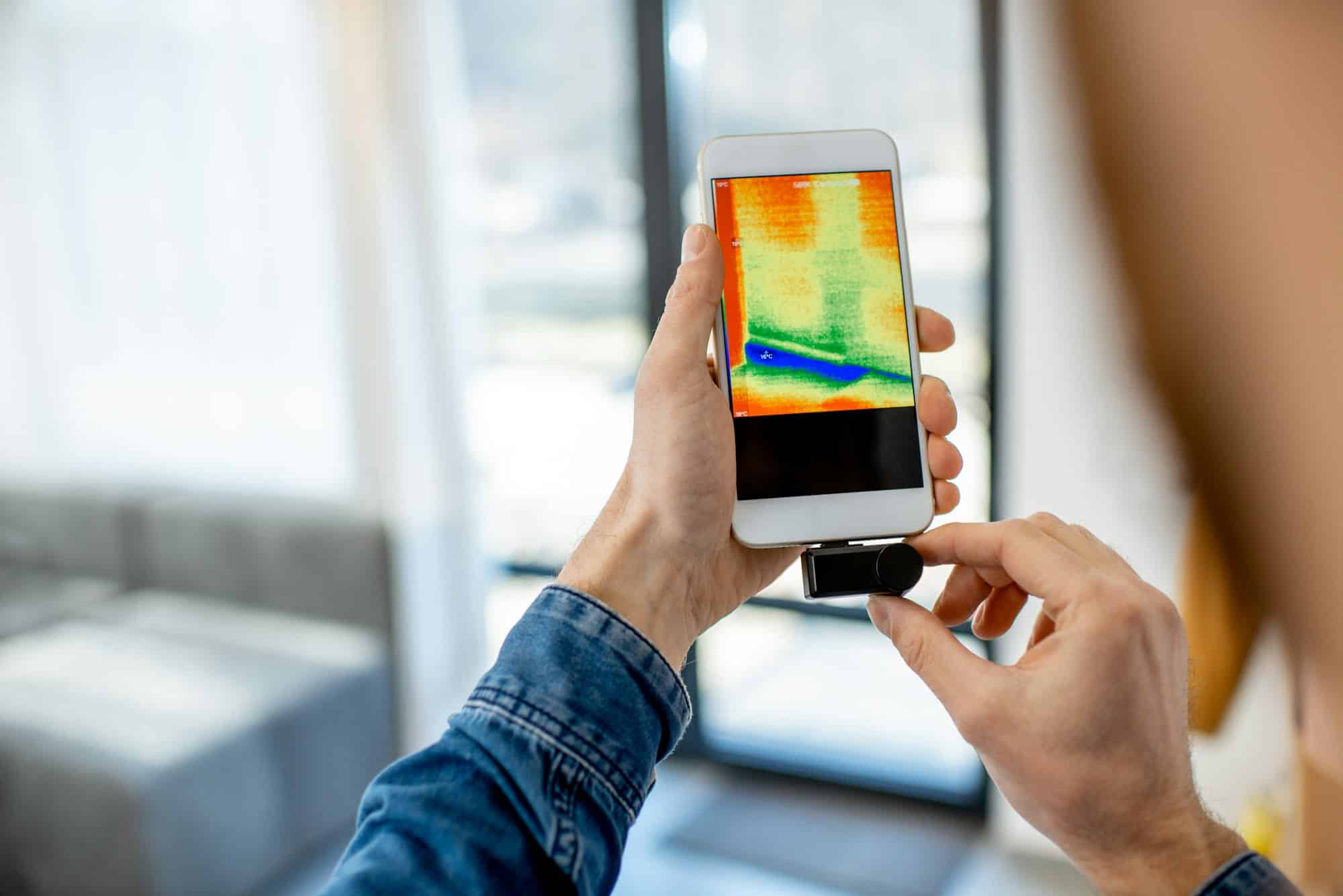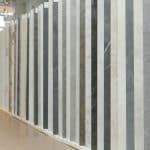The growing advancements in technology have paved the way for innovative approaches to injury prevention and rehabilitation in the world of dance. One such technological development that has gained significant attention is the use of thermal imaging cameras. These devices, previously used predominantly in the fields of surveillance, defense, and wildlife research, have now found their application in the realm of professional ballet. By offering a non-invasive, real-time approach to identifying overuse injuries, thermal imaging cameras are transforming the way dancers and their healthcare teams manage their long-term wellbeing. This article delves into the science behind this revolutionary tool, and how it can detect potential overuse injuries in ballet dancers.
Understanding Overuse Injuries in Ballet Dancers
Before exploring how thermal imaging cameras work, it’s critical to understand overuse injuries and why they’re prevalent in ballet. According to a scholarly study available on Google Scholar and PubMed, an overuse injury results from repetitive stress without allowing the body to recover adequately.
Avez-vous vu cela : How Can Real-Time Strategy Games Enhance Cognitive Skills in Formula 1 Drivers?
In ballet, these injuries often involve the lower extremities, particularly the foot. Ballet dancers are continually on their toes, performing complex, demanding movements that require extreme strength, agility, and precision. This puts immense pressure on the foot, leading to an increased risk of overuse injuries.
Evidence from a recent crossref study involving a large number of ballet dancers age 18 to 35 reveals that over 70% of these professional dancers face some form of overuse injury in their career. The data analysis reflected a high prevalence of foot and lower body injuries, including but not limited to stress fractures, tendinopathy, and plantar fasciitis.
En parallèle : What Are the Best Practices for Hydration and Electrolyte Replacement in Marathon Des Sables Competitors?
The Role of Thermal Imaging Cameras in Detecting Overuse Injuries
Thermal imaging, also known as thermography, is a non-contact, non-invasive technique that measures the infrared radiation (heat) emitted from an object or body. In the context of ballet, a thermal imaging camera can be used to detect subtle changes in skin temperature that may indicate an overuse injury.
The fundamental premise behind this technology is that inflammation, a common response to injury, often results in a localized increase in temperature. According to a study available on Google Scholar, an inflamed area can have a temperature that is up to 3°C higher than the surrounding tissues. This difference can be detected by the thermal imaging camera, thereby allowing early detection of potential injuries.
Differences in Shoe Type and the Risk of Overuse Injuries
One interesting aspect to consider in the context of ballet dancers and overuse injuries is the type of shoe worn. Ballet dancers typically wear two kinds of shoes: soft ballet shoes for practice and pointe shoes for performances. Each shoe type places different stress on the foot, thus potentially contributing to overuse injuries.
Pointe shoes, for example, allow dancers to stand on the tips of their toes, a practice that can lead to significant strain on the foot and lower leg. A thermal imaging camera can detect the resulting heat patterns and provide an insightful illustration of the strain distribution across the foot. By analyzing these patterns, dancers and their healthcare teams can take proactive steps to minimize the risk of overuse injuries.
The Effectiveness of Thermal Imaging Cameras in Identifying Overuse Injuries
The effectiveness of thermal imaging cameras in identifying potential overuse injuries in ballet dancers is supported by several studies. According to a scholarly article published on Google Scholar and PubMed, a study involving professional ballet dancers found that thermal imaging cameras accurately identified areas of inflammation in dancers who reported pain in their lower extremities.
In this study, the participants’ skin temperature was measured before and after training sessions using a thermal imaging camera. The data revealed that dancers with pain had a significantly increased skin temperature in the affected area compared to those without pain. This supports the use of thermal imaging as a valuable tool in the early detection and prevention of overuse injuries.
In conclusion, thermal imaging cameras offer a promising, non-invasive technique for detecting potential overuse injuries in ballet dancers. By identifying areas of inflammation and increased skin temperature, these devices can help dancers and their healthcare teams devise effective strategies to prevent injuries and ensure the longevity of their careers.
Advanced Prevention Measures with Thermal Imaging Cameras
With the understanding of how overuse injuries occur in ballet dancers, and how thermal imaging cameras can detect these injuries, implementing strategies to prevent such injuries becomes the next vital step. Applying thermal imaging technology as a preventive measure could revolutionize injury management in the dance industry, specifically ballet.
The ballet realm presents unique challenges in injury prevention due to the intense physical demands on dancers, particularly on their lower extremities. As per a research study on Google Scholar, ballet dancers experience stress fractures, tendinopathy, and plantar fasciitis more frequently than other athletes. These injuries can be quite detrimental, sometimes even career-ending. Therefore, there’s a crucial need for effective injury prevention strategies.
Thermal imaging cameras capture images that show areas of inflammation, presenting real-time visuals of how a dancer’s body is dealing with the physical stress of ballet. By regularly monitoring the skin temperature of a dancer, healthcare teams can detect inflammation and, therefore, identify potential overuse injuries before they become severe. This early detection is critical in providing appropriate treatment and rehabilitation plans, thus reducing the dancer’s downtime and risk of re-injury.
If a dancer is found to have an increased skin temperature in a specific area, for example, the foot or lower limb, they could modify their training regimen or even their dancing technique to alleviate the strain on that specific area. Additionally, the dancers could potentially use different pointe shoes or make modifications to their current pointe shoe to minimize the strain on the foot.
Conclusion: Thermal Imaging Cameras – A Game-Changer for Ballet Dancers
In concluding, advancements in technology have significantly changed the way injuries are managed in ballet. With the introduction of thermal imaging cameras, the prevention and early detection of overuse injuries have become possible. These injuries, particularly affecting the lower extremity, are prevalent in ballet, with dancers often facing conditions like stress fractures, tendinopathy, and plantar fasciitis.
The use of thermal imaging cameras allows for the early detection of these injuries, as a localized increase of up to 3°C can indicate an inflamed area. By utilizing this technology, healthcare teams can monitor dancers’ bodies in real-time, thus identifying potential overuse injuries before they become severe. This early detection is crucial for reducing the risk of re-injury and ensuring a dancer’s career longevity.
Furthermore, thermal imaging cameras can provide valuable insights into the impact of different shoe types on a dancer’s foot, allowing dancers and healthcare teams to make modifications if needed.
With the continued use and development of this revolutionary technology, we can expect a significant reduction in overuse injuries among ballet dancers. This will, in turn, lead to healthier, longer, and more prosperous careers for these extraordinarily talented and dedicated athletes. In essence, thermal imaging cameras are not just cameras; they are a powerful tool in enhancing the health and wellbeing of ballet dancers.






